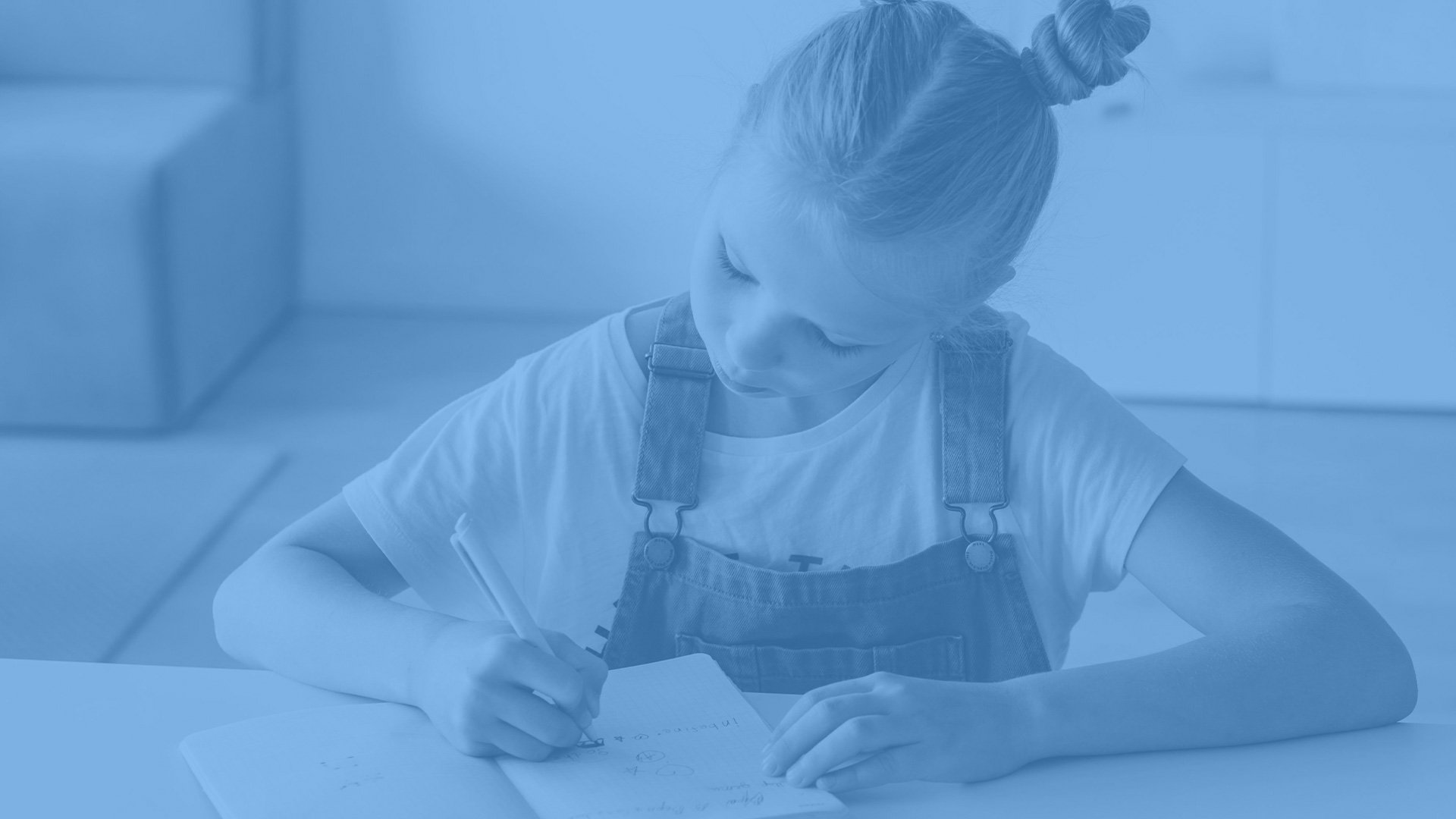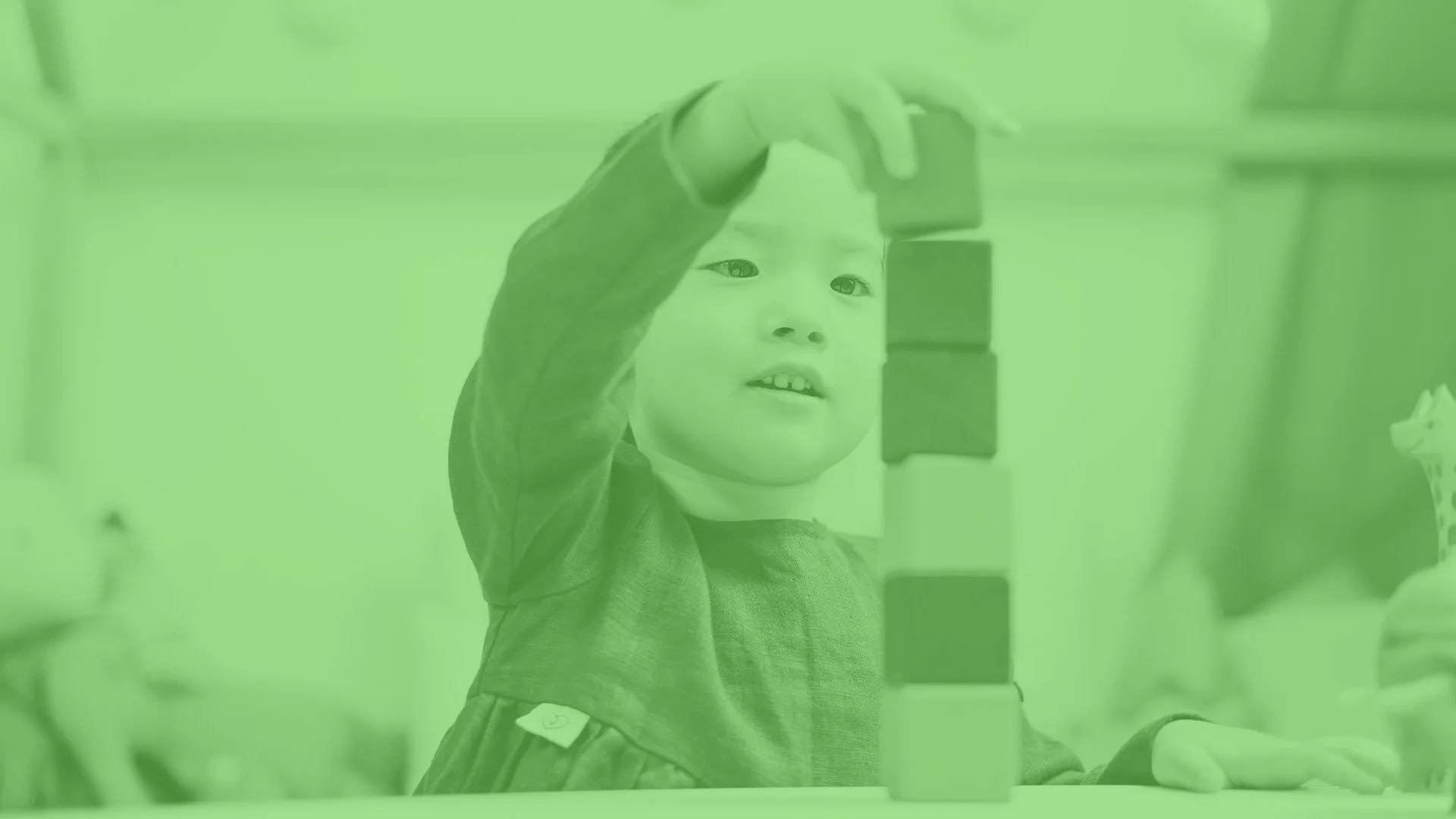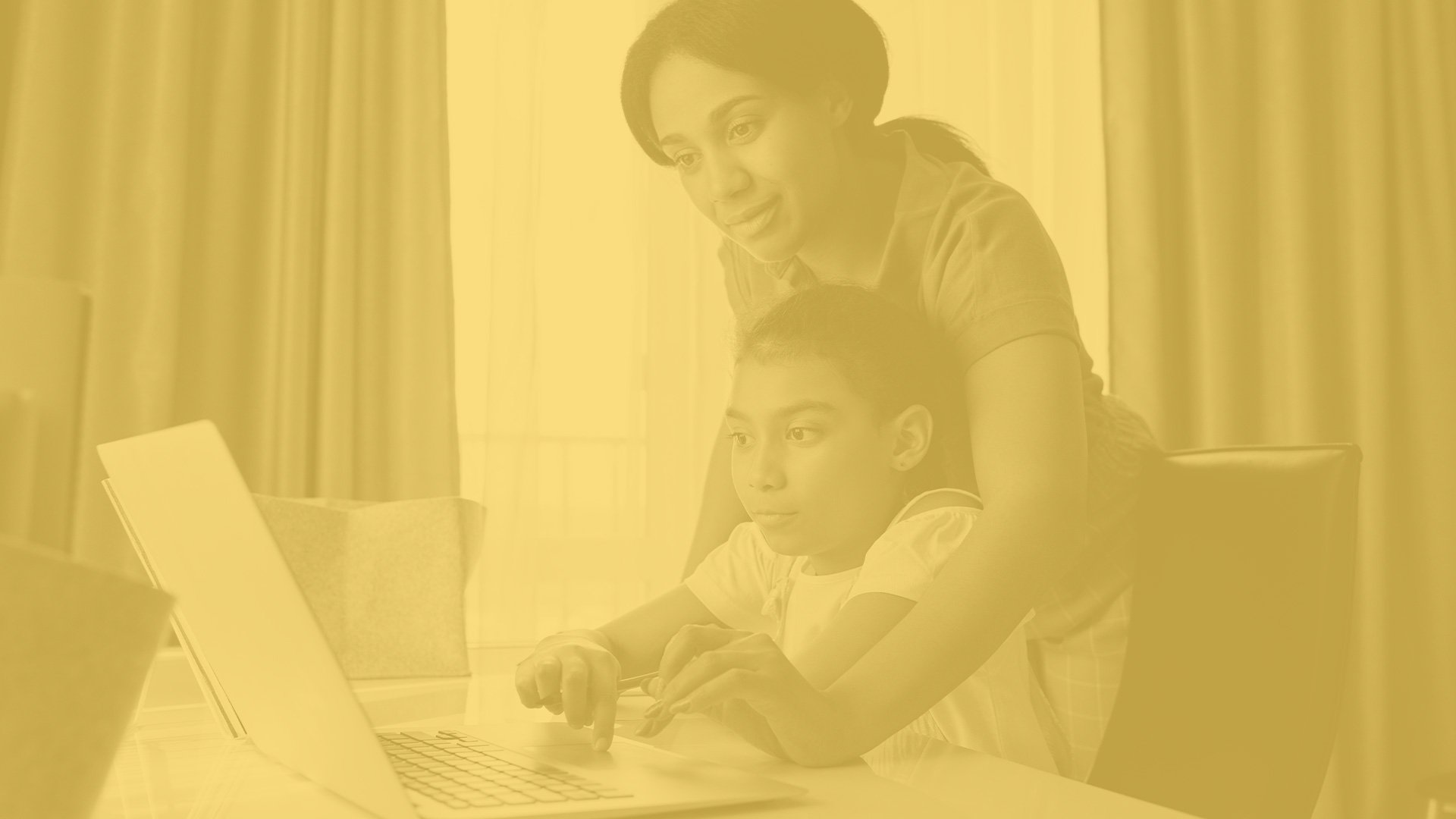
MathsBites is your go-to guide for
clarity, confidence and certainty..
MathsBites is built using the NSW syllabus.
Every concept below will be covered by your child during Stage 1,
and every concept is explained and demonstrated by your MathsBites videos.
Scroll through and see how much they will cover.
Stage 1, Part B - Year 2
Representing whole numbers
Form, regroup, and rename three-digit numbers
Count and represent large sets of objects by systematically grouping in tens and hundreds
Use models such as base 10 material and interlocking cubes to represent and explain grouping
State the quantity value of digits in numbers of up to three digits
Identify the nearest hundred to a number
Recognise units of 100
Use place value to partition and rename three-digit numbers in different ways
Estimate, to the nearest hundred, the number of objects in a collection and check by grouping and counting
Use counting sequences of ones and tens flexibly
Identify the number before and after a given three-digit number
Count forwards and backwards by tens, on and off the decade, with two- and three-digit numbers
Identify how many more to the next multiple of ten within two- and three-digit numbers
Combining and Separating Quantities
Represent and reason about additive relations
Create, record and recognise combinations of two numbers that add to numbers from 11 up to and including 20
Create, model and solve word problems, using number sentences
Represent the difference between two numbers using concrete materials and diagrams
Represent a constant difference between pairs of numbers
Model how addition and subtraction are inverse operations using concrete materials, drawings and diagrams
Recall and use related addition and subtraction number facts to at least 20
Form multiples of ten when adding and subtracting two-digit numbers
Add two-digit numbers by building to multiples of ten
Add and subtract from a two-digit number and record on an empty number line
Use quantity values to separate tens and ones for addition (only)
Use an inverse strategy to turn a subtraction into an addition
Use knowledge of equality to solve related problems
Use number bonds to determine a missing number
Use number knowledge to solve related problems
Use a variety of ways of writing number sentences
Use number bonds to solve equality problems
Forming Groups
Represent and explain multiplication as the combining of equal groups
Use objects, diagrams, images or actions to model multiplication as accumulating equal groups
Solve multiplication problems using repeated addition
Form arrays of equal rows and equal columns
Determine and distinguish between the number of rows/columns and the number in each row/column when describing collections of objects
Model the commutative property of multiplication, using an array
Model division by deconstructing an array equally into a given number of rows or columns
Model doubling and halving with fractions
Model doubling and halving groups and the relation between the processes
Re-create the whole given half
Use concrete materials to model a half, a quarter or an eighth of a collection, and explain their thinking
Represent multiplication and division problems
Solve multiplication and division problems using objects, diagrams, images and actions
Record answers to multiplication and division problems (including those with remainders) using drawings, words and numerals
Geometric Measure
Length: Compare and order lengths, using appropriate uniform informal units
Make and use a tape measure calibrated in uniform informal units
Compare and order two or more shapes according to their lengths using an appropriate uniform informal unit
Compare the lengths of two or more objects that cannot be moved or aligned
Record length comparisons using drawings, numerals and words, and by referring to the uniform informal unit used
Position: Explore simple maps of familiar locations
Make simple models from memory, photographs, drawings or descriptions
Interpret simple maps by identifying objects in different locations
Create a path from one location to another
Length: Recognise and use formal units to measure the lengths of objects
Recognise the need for formal units to measure lengths and distances
Use the metre as a unit to measure lengths and distances to the nearest metre or half-metre
Record lengths and distances using the abbreviation for metres (m)
Estimate lengths and distances to the nearest metre and check by measuring
Recognise the need for a formal unit smaller than the metre
Recognise that there are 100 centimetres in one metre
Measure lengths to the nearest centimetre, using a device with 1-cm markings
Record lengths and distances using the abbreviation for centimetres (cm)
Estimate lengths and distances to the nearest centimetre and check by measuring
Two-dimensional spatial structure
2D shapes: Represent, combine and separate two-dimensional shapes
Make representations of two-dimensional shapes and combinations of shapes in different orientations
Combine and split single shapes and arrangements of shapes to form new shapes
2D shapes: Identify and describe the orientation of shapes using quarter turns
Identify full, half and quarter turns of a single shape and describe the movement of the shape
Identify and describe directions of turns as ‘left turn’, ‘right turn’, ‘clockwise’ or ‘anti-clockwise’
Connect the use of quarter and half turns to the turn of the minute hand on a clock for the passing of quarter and half-hours
Perform full, half and quarter turns with a single shape
Describe the result of a turn of a shape
Determine the repeating pattern formed by quarter turns
Area: Compare rectangular areas using uniform square units of an appropriate size in rows and columns
Cover rectangular surfaces by creating repeated rows of square tiles
Use a single square to create the array structure of area in rows and columns
Use the structure of repeated units to find the area of a rectangle
Explain how the grid structure of rows and columns helps to find the area
Compare the areas of two or more surfaces that cannot be moved, or superimposed, by measuring in uniform informal units
Record comparisons of area using drawings, numerals and words, and by referring to the uniform informal unit used
Three-dimensional spatial structure
3D objects: Describe the features of three-dimensional objects
Describe three-dimensional objects (prisms) using the terms ‘face’, ‘edge’ and ‘vertex’
Represent three-dimensional objects by making simple models
Recognise and name flat surfaces of three-dimensional objects as two-dimensional shapes
Volume: Compare volumes using uniform informal units
Estimate the volumes of two or more models and check by counting the number of blocks used in each model
Compare models with different appearances, recognising when they have the same volume
Record the results of volume comparisons using drawings, numerals and words, referring to the units used
Explain that models made of the same number of units may have different volumes depending on the size of the units used
Volume: Compare containers based on internal volume (capacity) by filling and packing
Make and use a device for measuring internal volume (capacity) calibrated in uniform informal units
Compare, order and record the internal volumes (capacities) of two or more containers by measuring each container in uniform informal units
Estimate internal volume (capacity) by referring to the number and type of uniform informal unit used
Non-spatial Measure
Mass: Compare the masses of objects using an equal-arm balance
Use uniform informal units to measure the mass of an object by counting the number of units needed to obtain a level balance on an equal-arm balance
Select an appropriate uniform informal unit to measure the mass of an object and justify the choice
Explain the relationship between the mass of a unit and the number of units needed
Compare the masses of two or more objects using the same informal units
Estimate mass by referring to the number and type of uniform informal unit used and check by measuring
Recognise that mass is conserved
Time: Describe duration using units of time
Use a calendar to calculate the number of months, weeks or days until an upcoming event
Estimate and measure the duration of an event using a repeated informal unit
Compare and order the duration of events measured using a repeated informal unit
Use the terms ‘hour’, ‘minute’ and ‘second’
Compare the duration of standard time units
Make predictions about the time remaining until a particular event starts or finishes
Time: Tell time to the quarter-hour using the language of ‘past’ and ‘to’
Read analog clocks to the quarter-hour using the terms ‘past’ and ‘to’
Describe the position of the hands on a clock for quarter past and quarter to and relate this to quarter turns
Identify which hour has just passed when the hour hand is not pointing to a numeral
Record quarter-past and quarter-to time on analog and digital clocks
Associate the numerals 3, 6 and 9 with 15, 30 and 45 minutes and with the terms ‘quarter past’, ‘half past’ and ‘quarter to', respectively
Data
Identify and describe activities that involve chance
Describe possible outcomes in everyday activities and events as being likely or unlikely to happen
Compare familiar activities and events and describe them as being more or less likely to happen
Describe familiar events as being possible
Create displays of data and interpret them
Organise collected data into lists and tables to display information
Represent data in a picture graph using a baseline, equal spacing and same-sized symbols
Give reasons why some representations of data are misleading
Interpret information presented in tables and picture graphs
Record answers to questions using the information in tables and picture graphs
Chance
Identify a question of interest and gather relevant data
Pose suitable questions where the answers form categories, and predict the likely responses
Collect data on familiar topics
Sort data into relevant categories
It’s a lot, right?
Don’t worry … MathsBites walks you through every single one, so that you are:
clear on exactly what your child is learning and how to help using the language and strategies they’ll use in class
ready to help them work with the maths concepts that are a part of their everyday lives
prepared, so when they get ‘stuck’, you can help them through
proactive rather than reactive.






